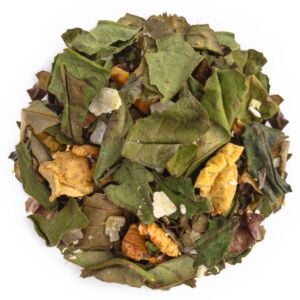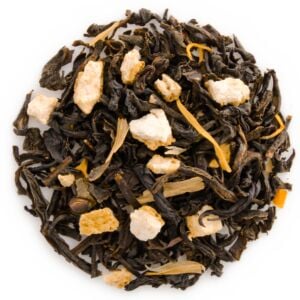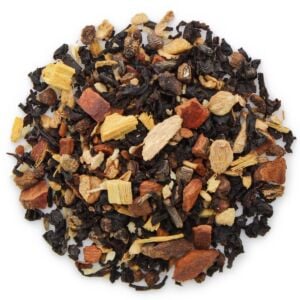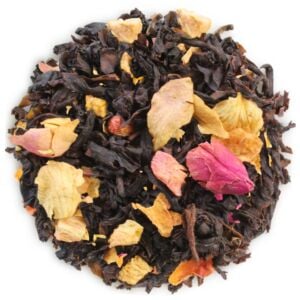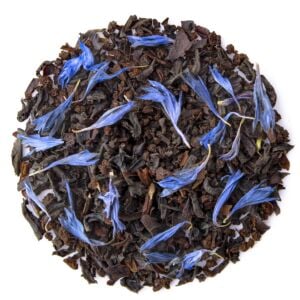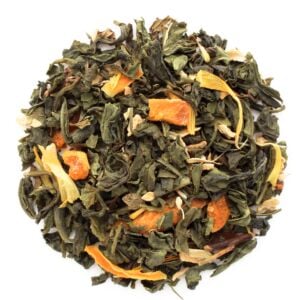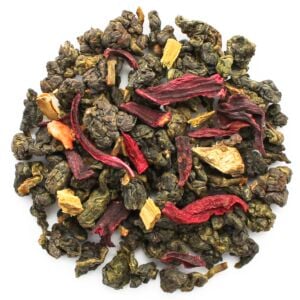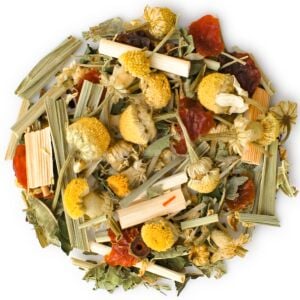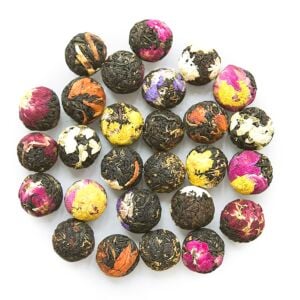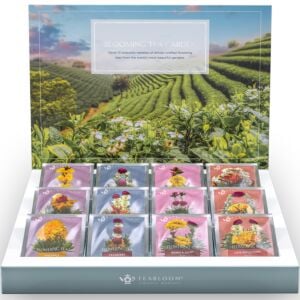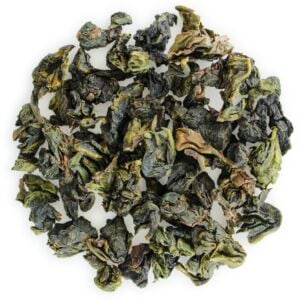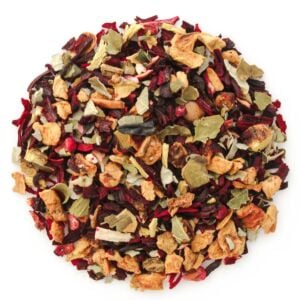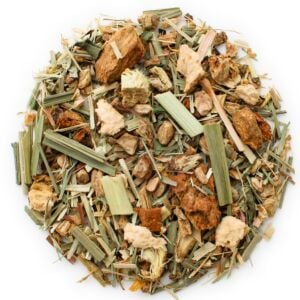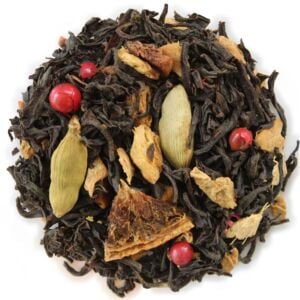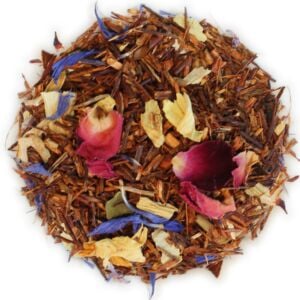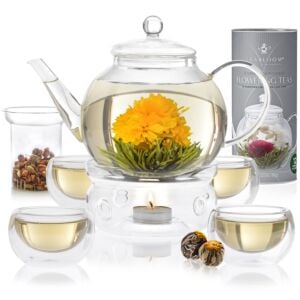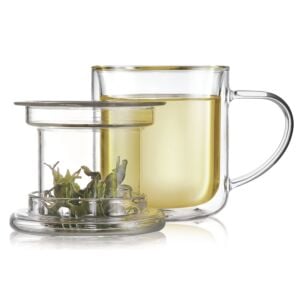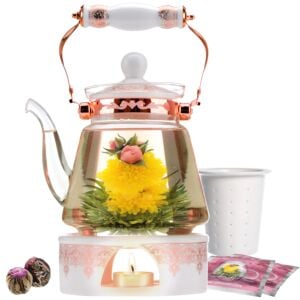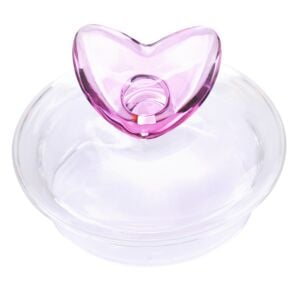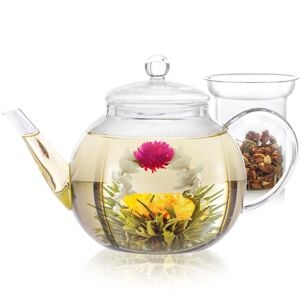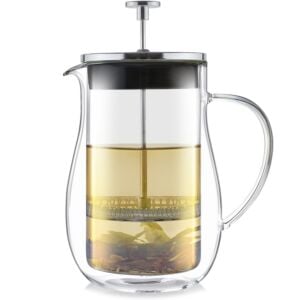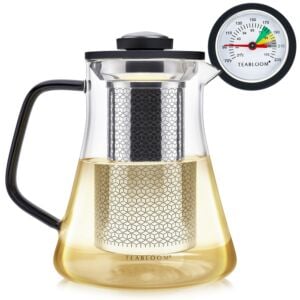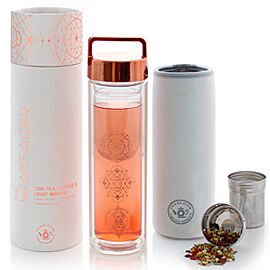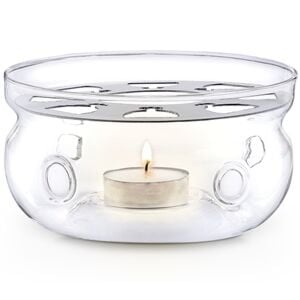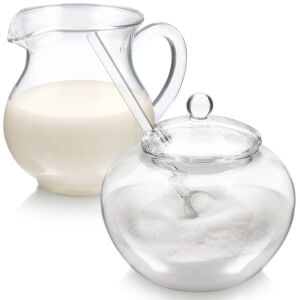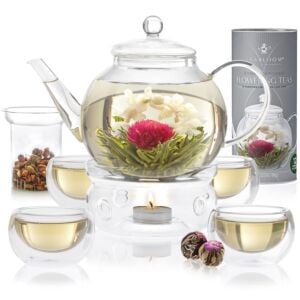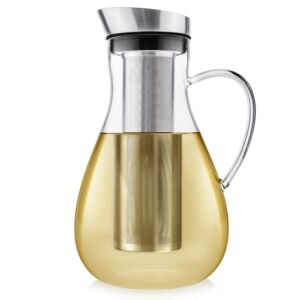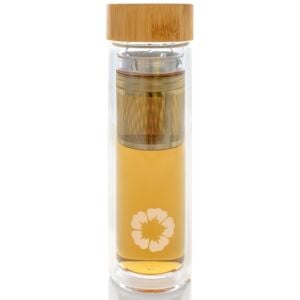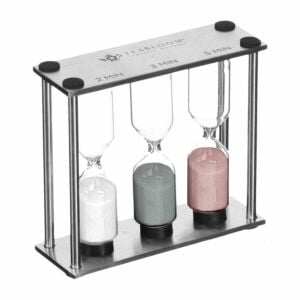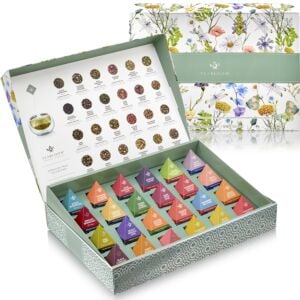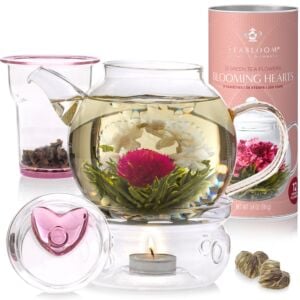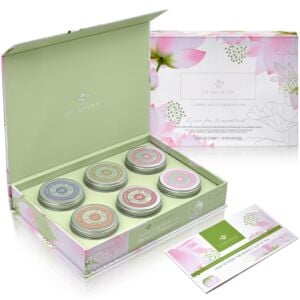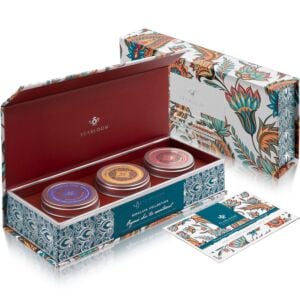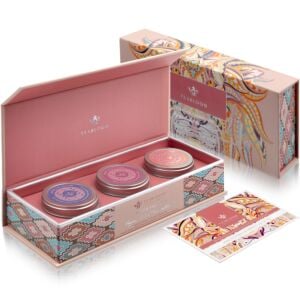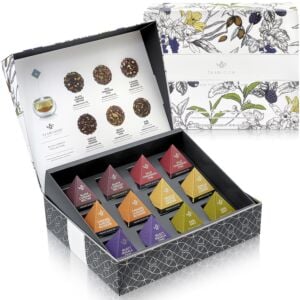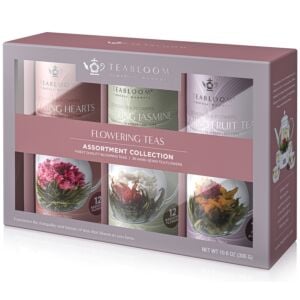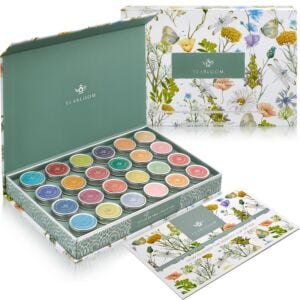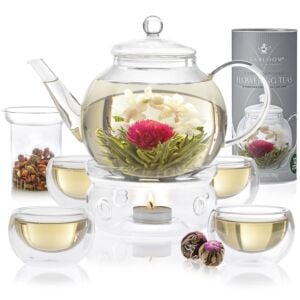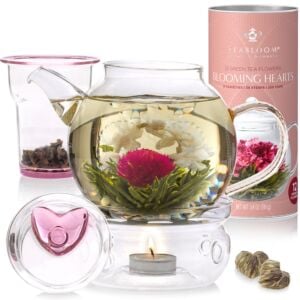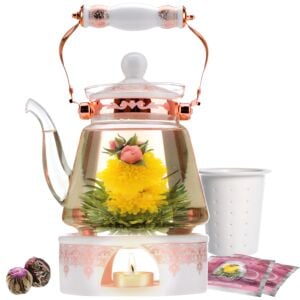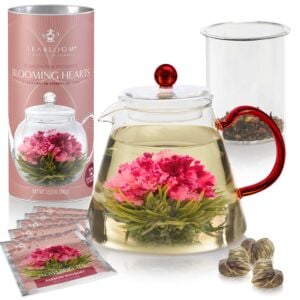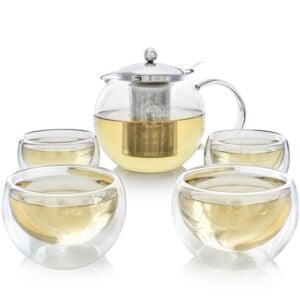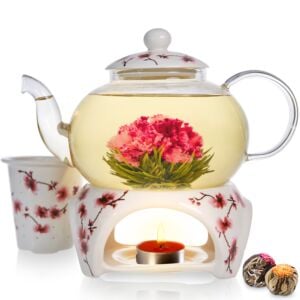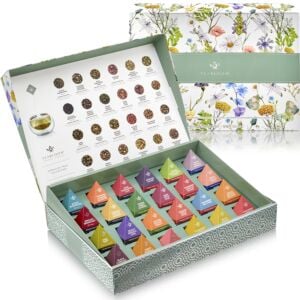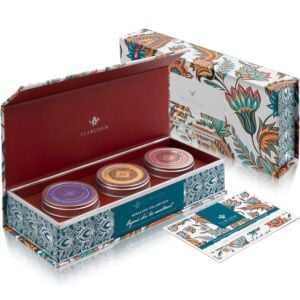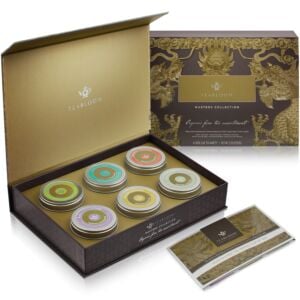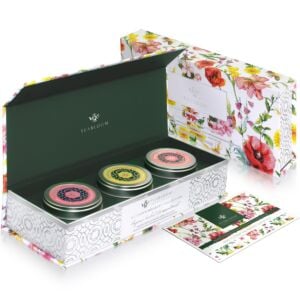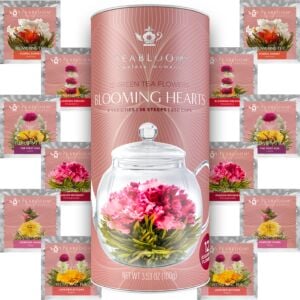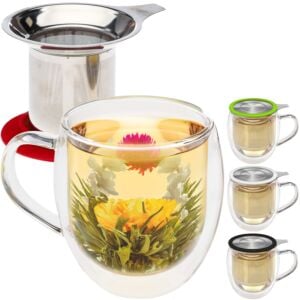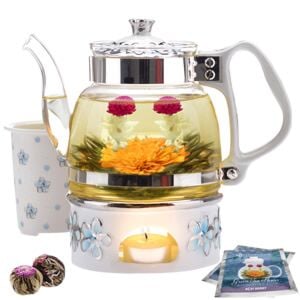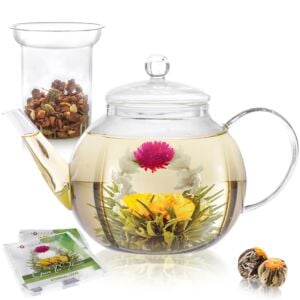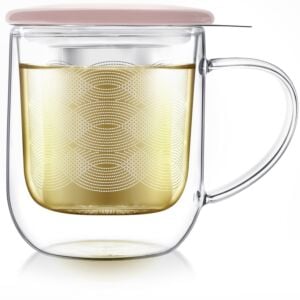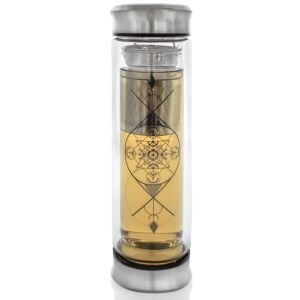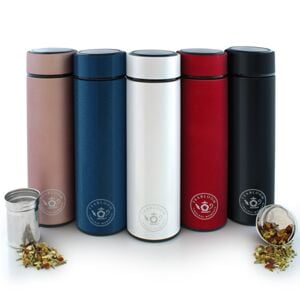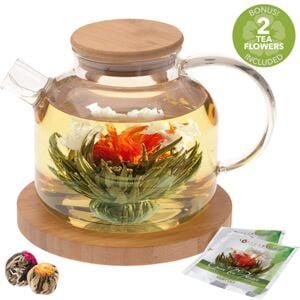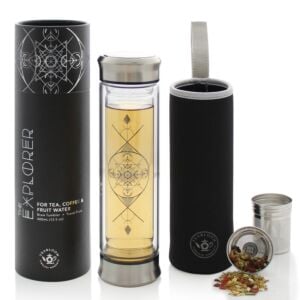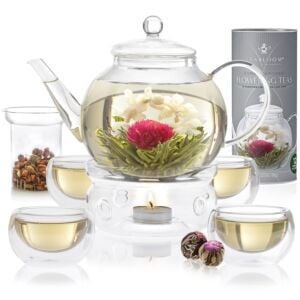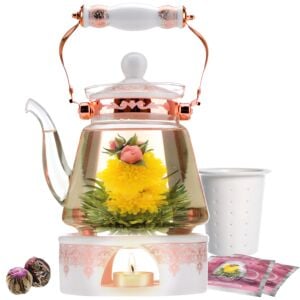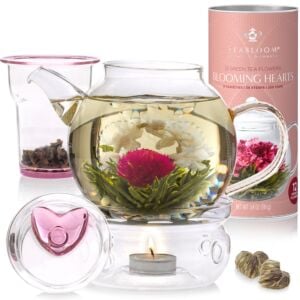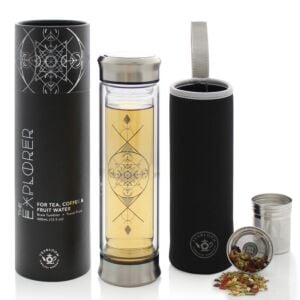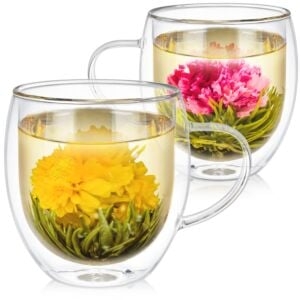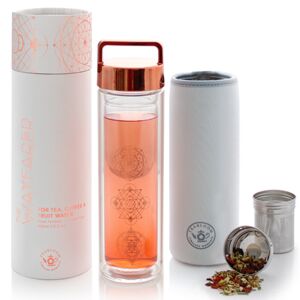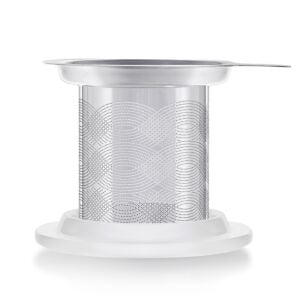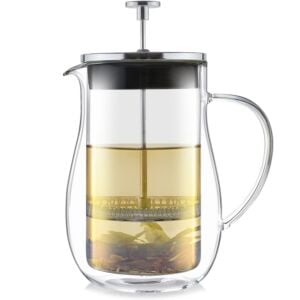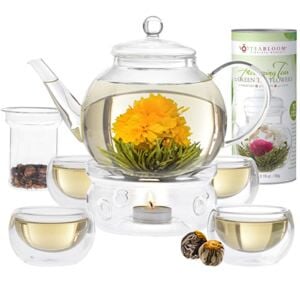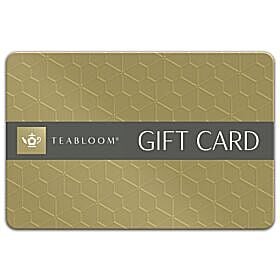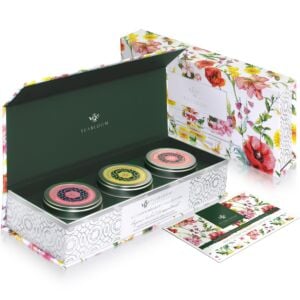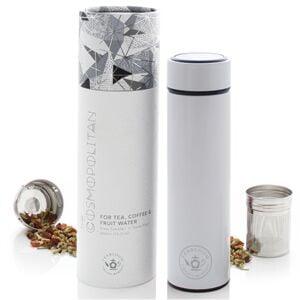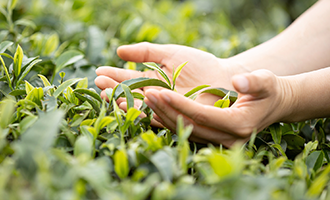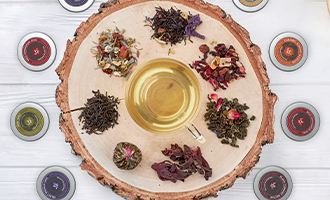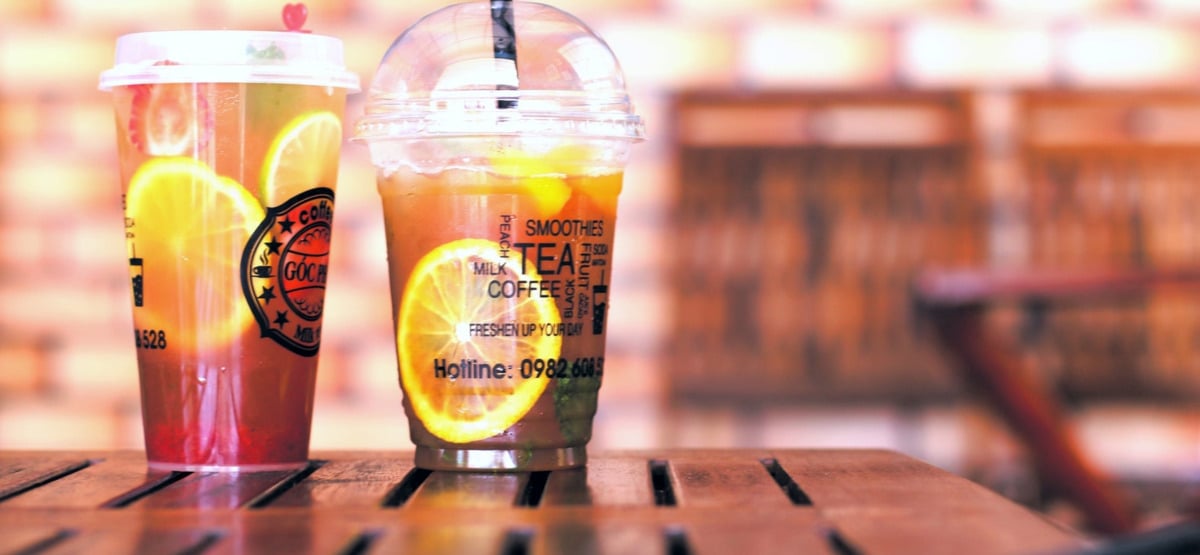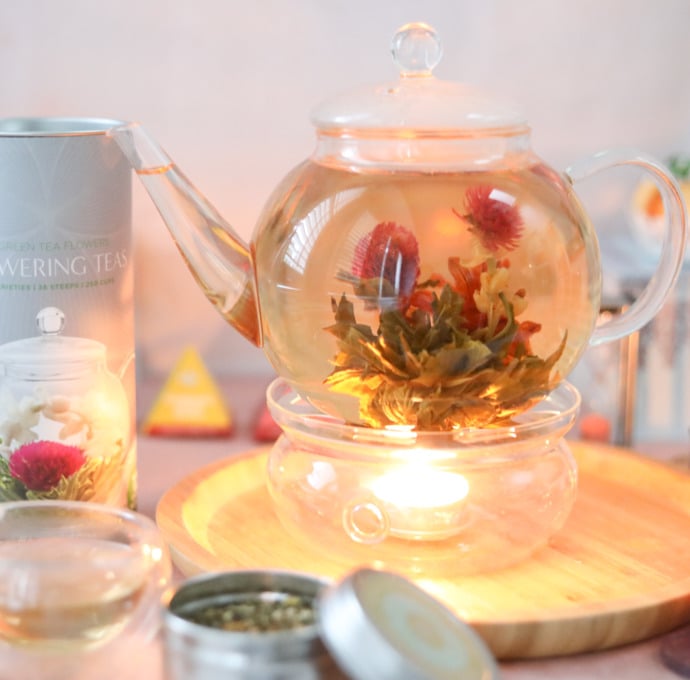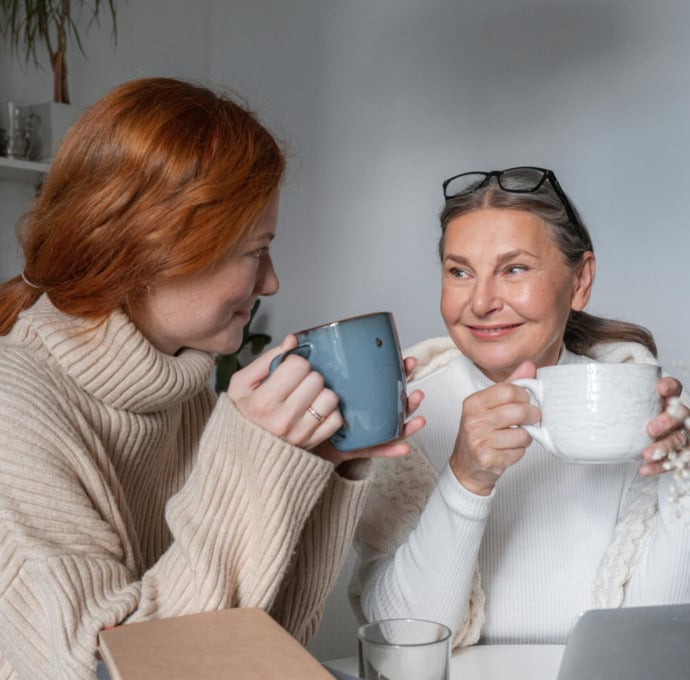What is Bubble Tea?
TEATIME NOTES
Find tips, recipes, and articles to increase your delight and enjoyment of tea.
What is Bubble Tea?

Contrary to its name, there are absolutely no bubbles in bubble tea. There isn't always tea, either. But, people are still obsessed with this drink that features a base made from tea, fruit, coffee or milk and chewy "pearls" at the bottom of the cup. Bubble tea can be found all over the country, from mall food courts to the drink menus of high-end restaurants. And while the drink is extremely popular, bubble tea still remains a bit of a mystery. So, read on to find out more.
What Is Bubble Tea?
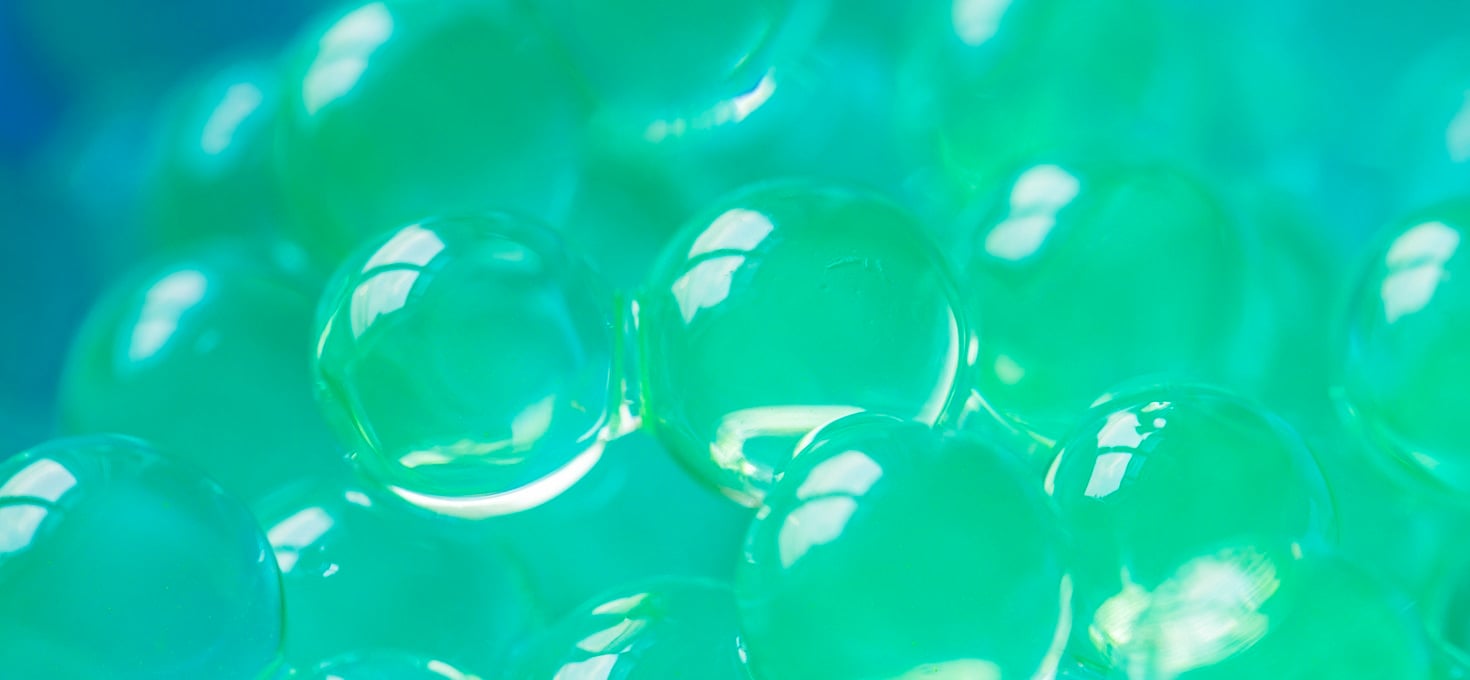 Bubble tea is an iced, sweet, tea drink that contains small bubbles at the bottom of the drink. Naturally, it comes in many flavors. Also, it is usually made in two forms: a fruity, iced tea, consisting of fresh fruits, tea, and crushed ice. The other form is a milkshake-like tea, made by combining tea, milk, powdered flavoring, creamer, water, and crushed ice. Common flavors are green tea, strawberry, lychee, blueberry, jasmine, honeydew melon, passion fruit, etc. Normally, dozens of other flavors are available depending on the shop.
But what really defines this drink is the "bubbles," or round and chewy marble-sized, tapioca balls. They sit at the bottom of the drink and can be sucked up through an extra-large straw. They can be black, white, transparent, depending on the ingredients they’re made with. While tapioca balls are the most popular kind of "bubbles", other options are available. Some of them are bubbles of green tea, aloe, egg custards, sago, and taro, and jelly from fermented coconut water, fruits, teas, or konjac.
Bubble tea is an iced, sweet, tea drink that contains small bubbles at the bottom of the drink. Naturally, it comes in many flavors. Also, it is usually made in two forms: a fruity, iced tea, consisting of fresh fruits, tea, and crushed ice. The other form is a milkshake-like tea, made by combining tea, milk, powdered flavoring, creamer, water, and crushed ice. Common flavors are green tea, strawberry, lychee, blueberry, jasmine, honeydew melon, passion fruit, etc. Normally, dozens of other flavors are available depending on the shop.
But what really defines this drink is the "bubbles," or round and chewy marble-sized, tapioca balls. They sit at the bottom of the drink and can be sucked up through an extra-large straw. They can be black, white, transparent, depending on the ingredients they’re made with. While tapioca balls are the most popular kind of "bubbles", other options are available. Some of them are bubbles of green tea, aloe, egg custards, sago, and taro, and jelly from fermented coconut water, fruits, teas, or konjac.
History of Bubble Tea
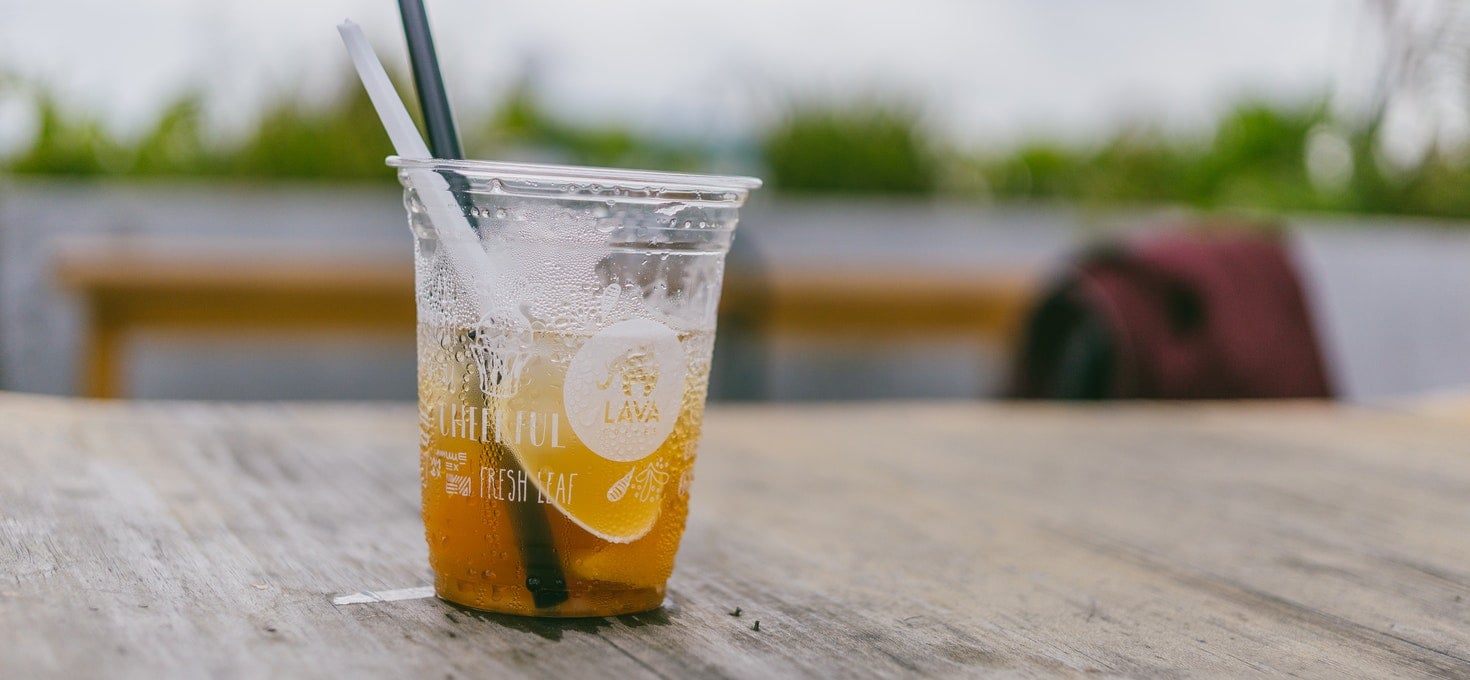 There is no documented evidence about the invention of bubble tea. However, as with many teas, there is a story around it! Some claim that the blend first appeared in Asia in the 1980s. Just visit Taiwan or Hong Kong and you can’t help but notice the unique bubble tea shops on every corner. Taiwanese tea stands became very popular in the 1980s as a post-work place to hang out. This created a certain competitive atmosphere in the tea market. So, merchants started searching for and creating more inventive variations on their teas and beverages.
Rumor has it that a tea house called Chun Shui Tang in Taichung began serving Chinese tea cold. It actually adopted the idea from Japanese-style iced coffee. Just a few years later, Chun Shui’s product development manager, Ms. Lin Hsiu Hui was bored at a staff meeting. On the spur of the moment, she decided to dump her Taiwanese dessert called fen yuan—a sweetened tapioca pudding—into her Assam iced tea and drink it. It was so good that they decided to add it to the menu. It soon became the franchise’s top-selling product. Soon after seeing the success of this drink at one tea house, concessions all over Taiwan started adding tapioca pearls and different fruit flavors to their iced teas, and so began bubble tea as we now know it!
There is no documented evidence about the invention of bubble tea. However, as with many teas, there is a story around it! Some claim that the blend first appeared in Asia in the 1980s. Just visit Taiwan or Hong Kong and you can’t help but notice the unique bubble tea shops on every corner. Taiwanese tea stands became very popular in the 1980s as a post-work place to hang out. This created a certain competitive atmosphere in the tea market. So, merchants started searching for and creating more inventive variations on their teas and beverages.
Rumor has it that a tea house called Chun Shui Tang in Taichung began serving Chinese tea cold. It actually adopted the idea from Japanese-style iced coffee. Just a few years later, Chun Shui’s product development manager, Ms. Lin Hsiu Hui was bored at a staff meeting. On the spur of the moment, she decided to dump her Taiwanese dessert called fen yuan—a sweetened tapioca pudding—into her Assam iced tea and drink it. It was so good that they decided to add it to the menu. It soon became the franchise’s top-selling product. Soon after seeing the success of this drink at one tea house, concessions all over Taiwan started adding tapioca pearls and different fruit flavors to their iced teas, and so began bubble tea as we now know it!


